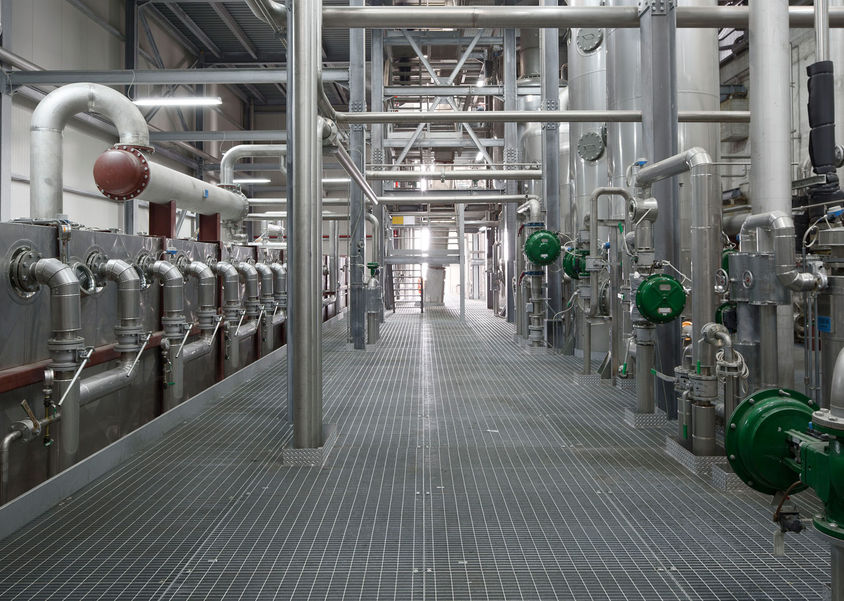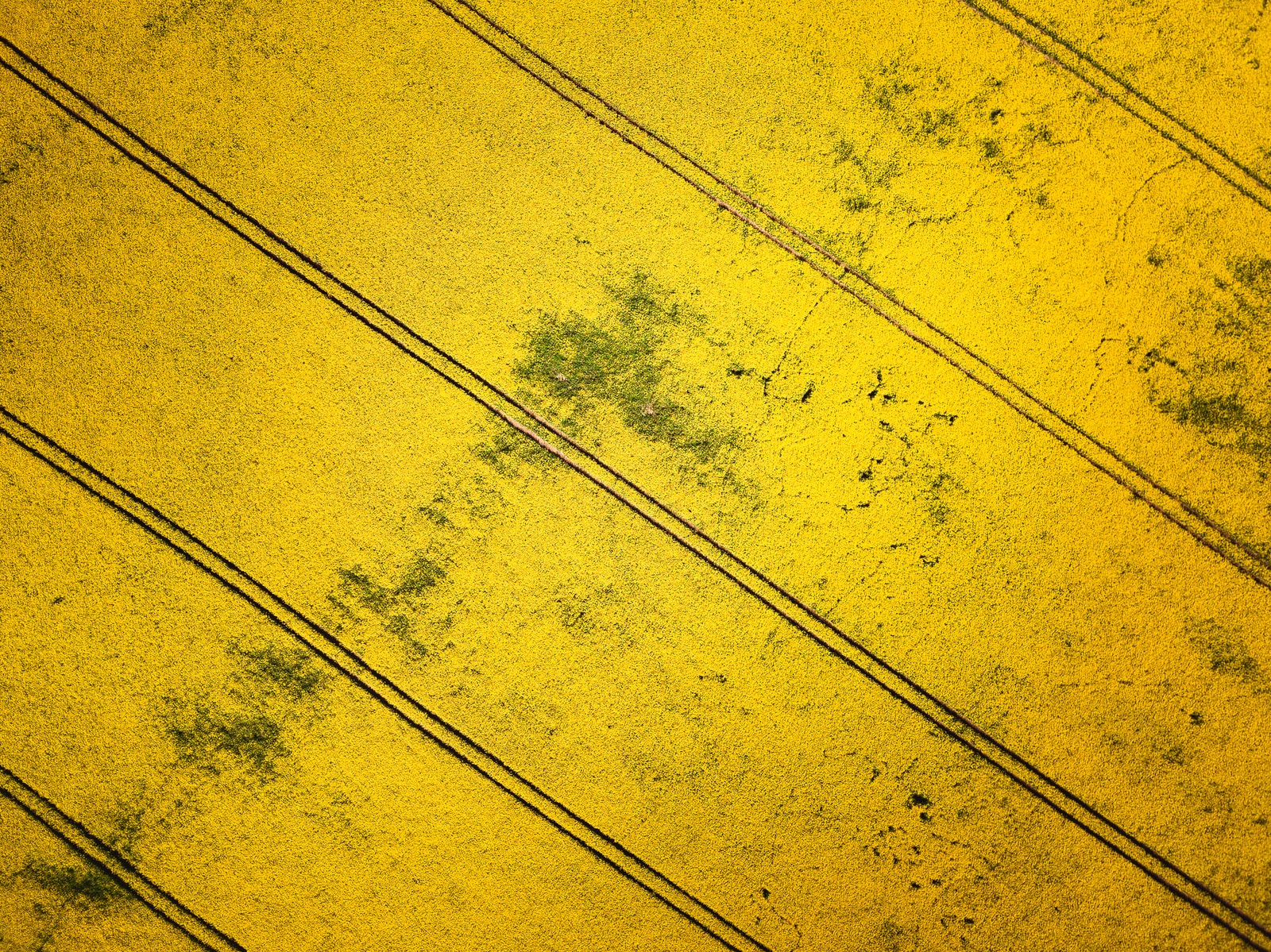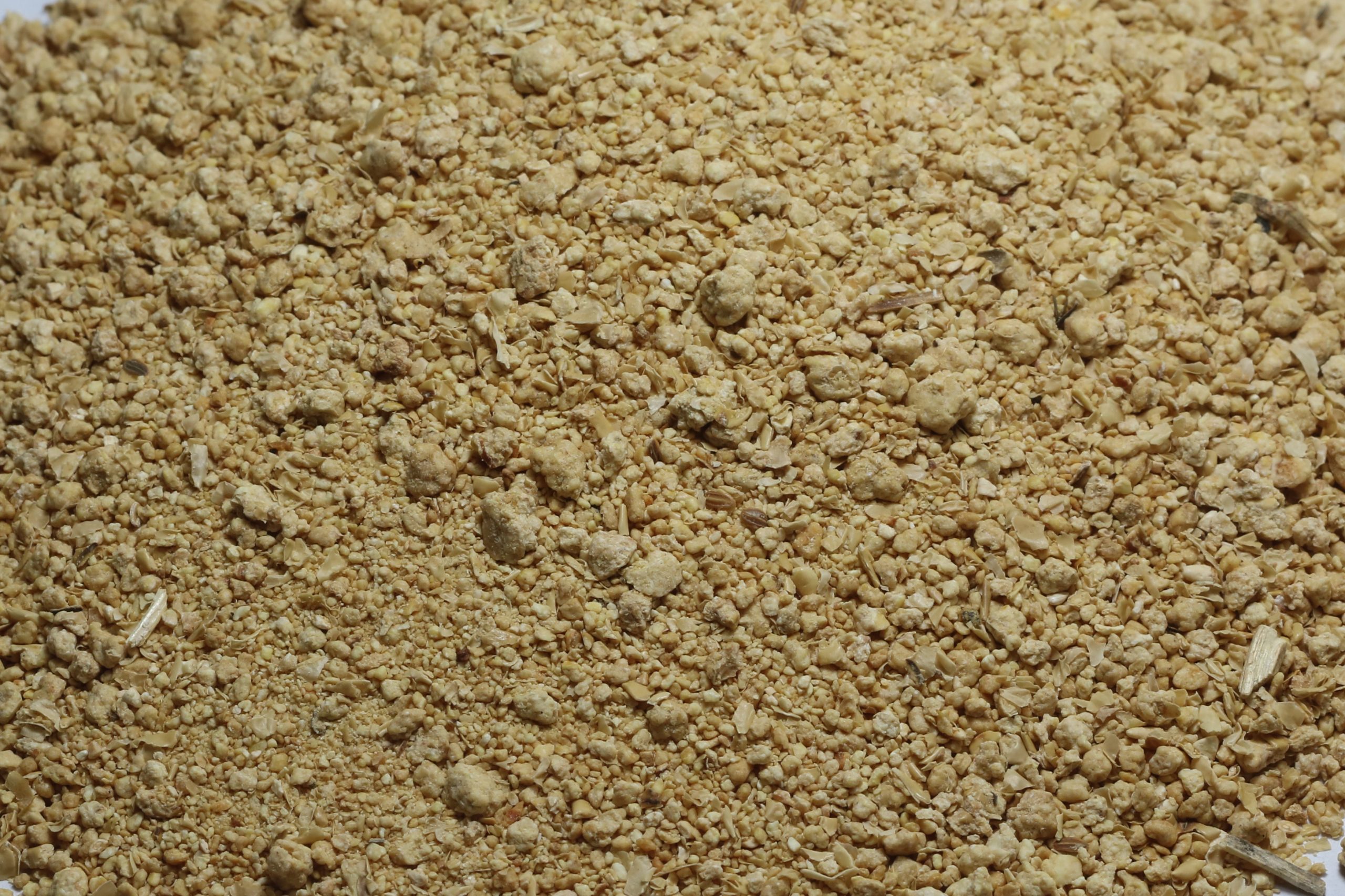Oilseeds preparation plant
When producing customized flakes, pressed cakes, or other oilseed products, the oilseed preparation value chain differs from one seed to the other. For example, soybean treatment asks for different processing compared to a sunflower seed or rapeseed.

Cleaning and dehulling seed for further processing in extraction plants
An oilseed preparation plant by Andreotti Impianti has a specific sequence of activities that meets the specific business needs of the following process plants of, for example, biofuel production. First, depending on the type of seed processed, the preparation plant handles the weighing of the seeds to stabilize the flow at the plant’s inlet. The process then continues with removing any coarse particles from the raw material, and further cleaning consists of destoning where stones and other impurities are removed. After this, the material is then conditioned to reduce the viscosity and adjust the moisture content to desired levels. The oilseeds now need to be further reduced in size, which happens by cracking them. Finally, the seeds are dehulled to modify the final meal protein content, leaving a material with a higher protein density.
Take, for example, sunflower seed processing. The dehulling directly impacts the protein levels of the end product for this type of seed. Therefore, there is the option for one-stage or two-stage dehulling, meaning that for the one-stage dehulling, the product contains less than 16 percent residual hulling fragments. The dehulling process can reduce this percentage to 11 percent with a second round, which will lead to an even higher protein level in the dehulled product.
The main goal of the preparation plant is to have the raw material, the seeds ready and modified for further processing by solvent extraction or mechanical pressing. After dehulling, as mentioned above, seeds can be flaked to improve extraction performance for solvent extraction in an extraction plant. In addition, sunflower seed and rapeseed need to be pressed to improve extraction performance. Other process steps in the preparation plant might include milling to homogenize the size of the meal and pelleting for the logistics of the final product.
Benefits
- Easy to maintain and cost-effective
- High-quality oil yield
- Low product loss and utility consumption


